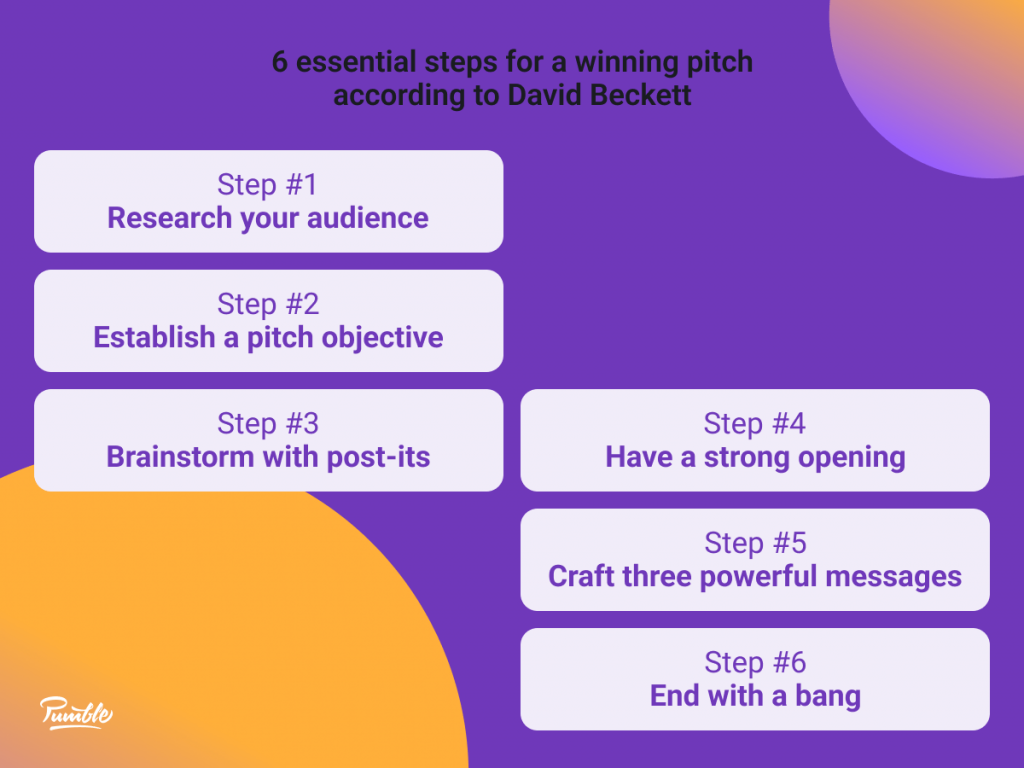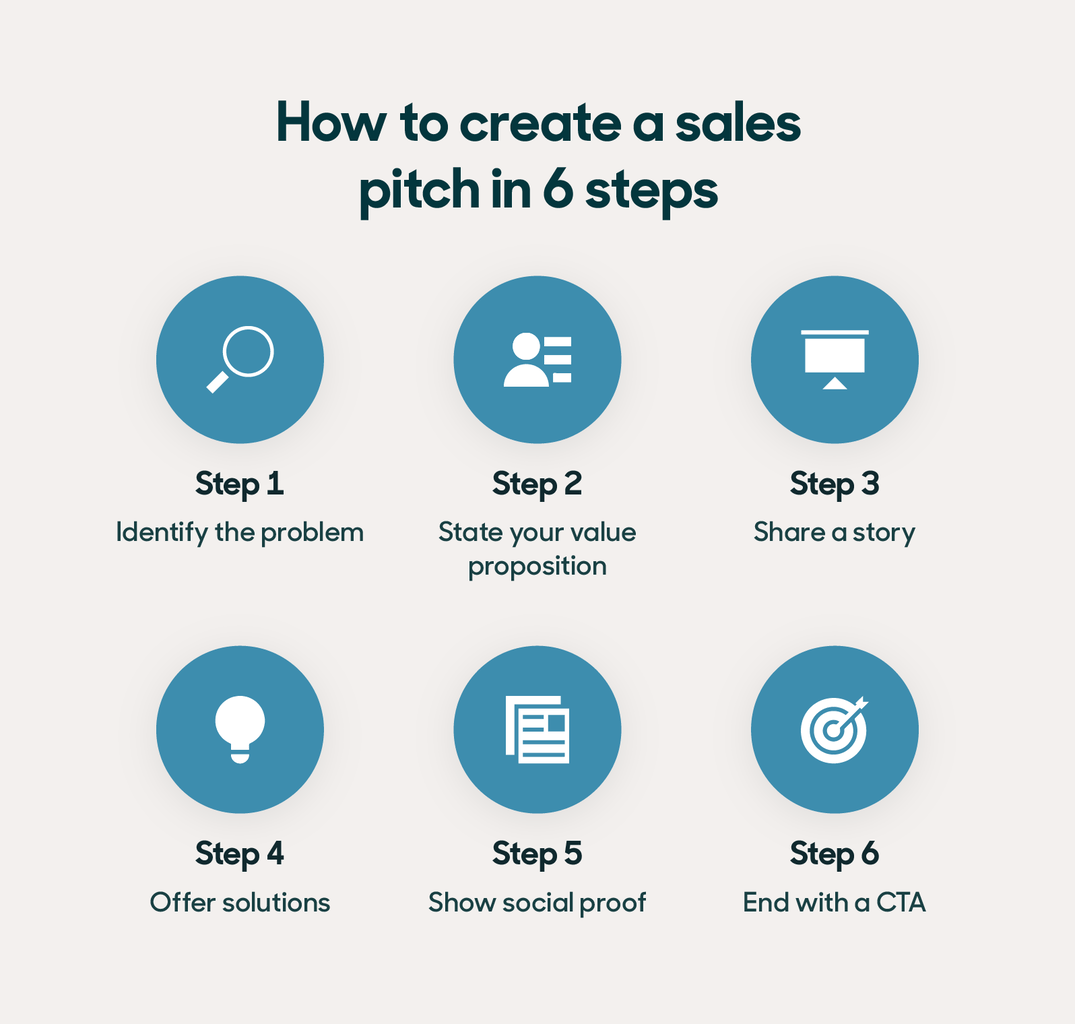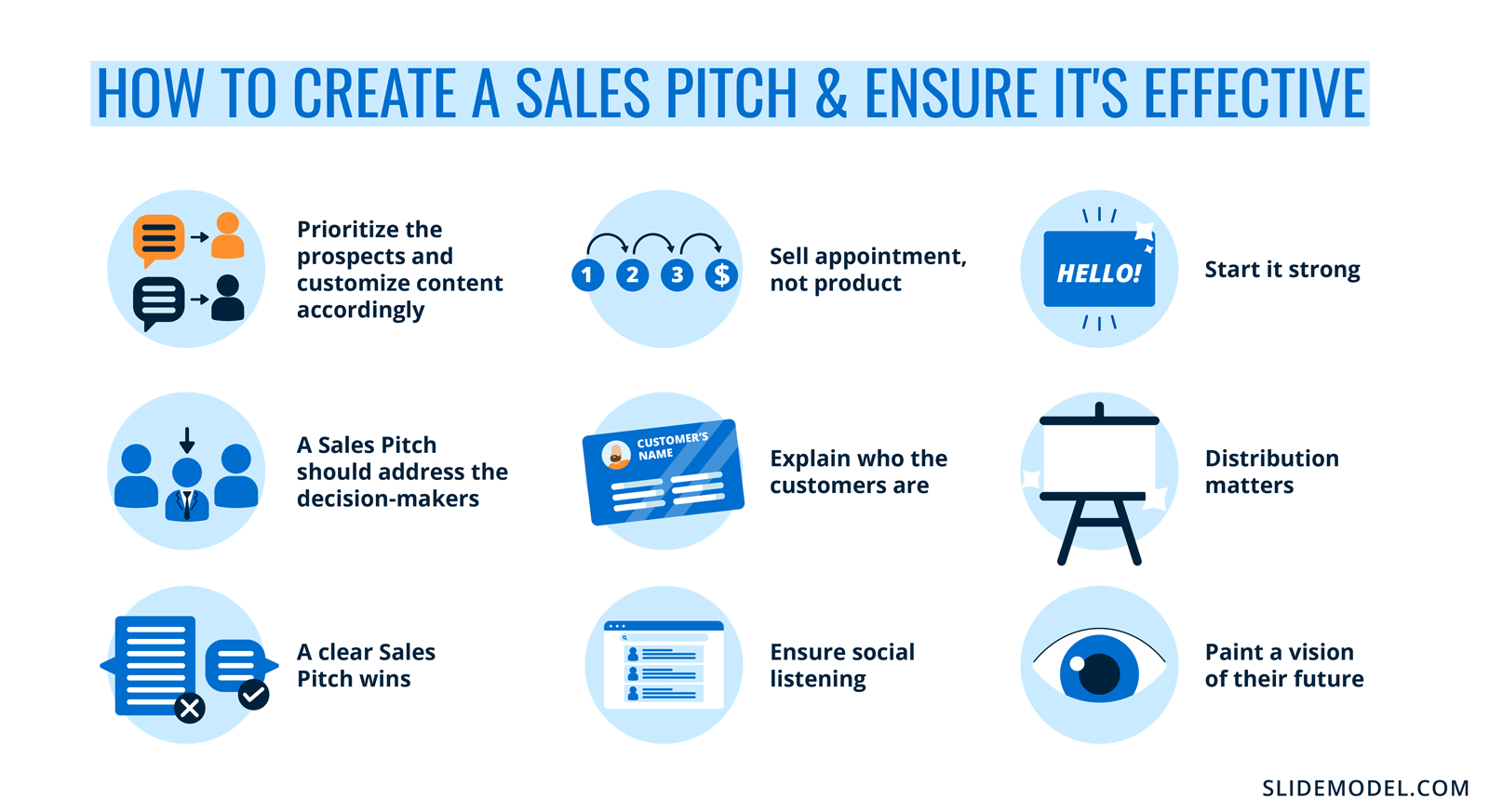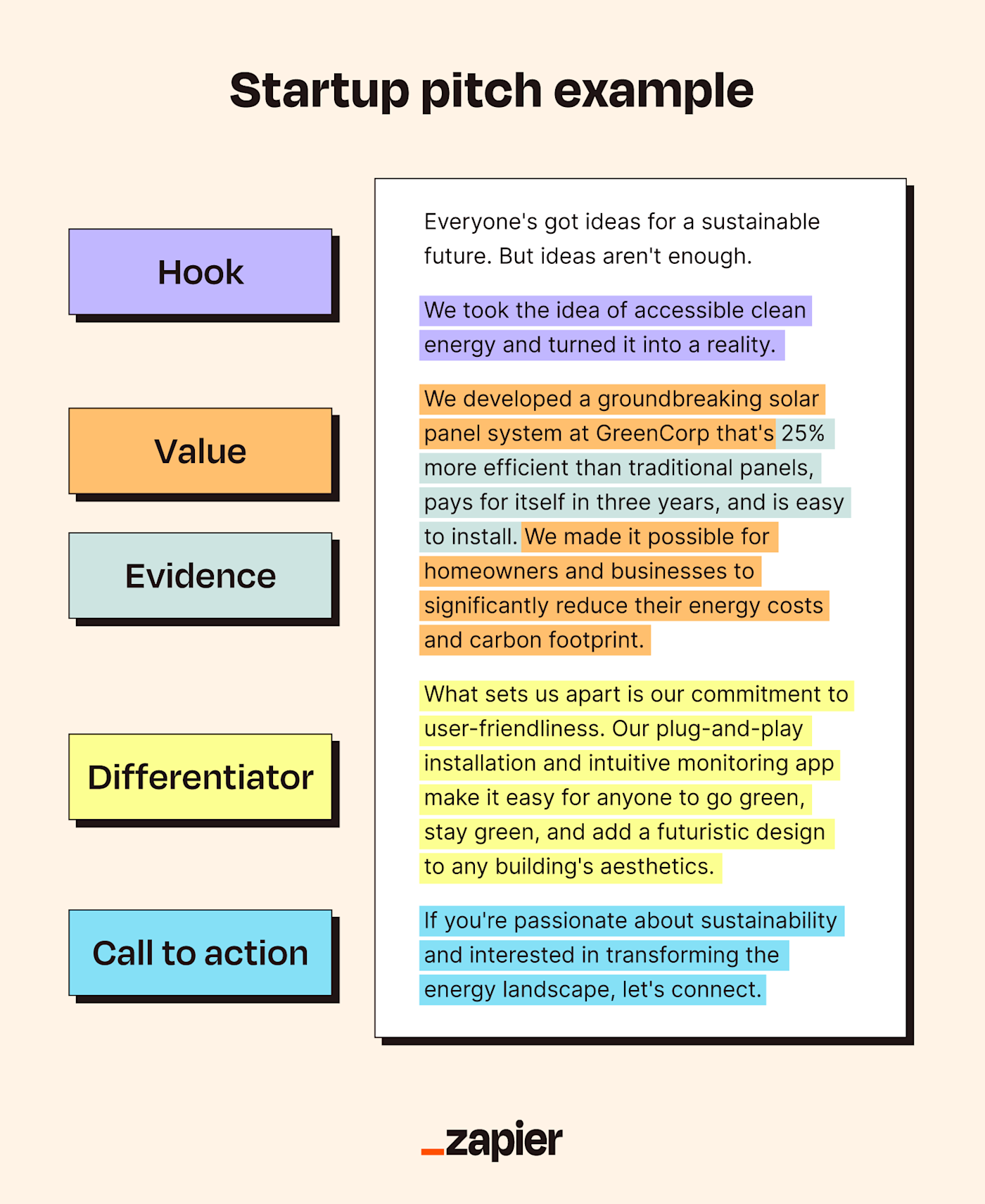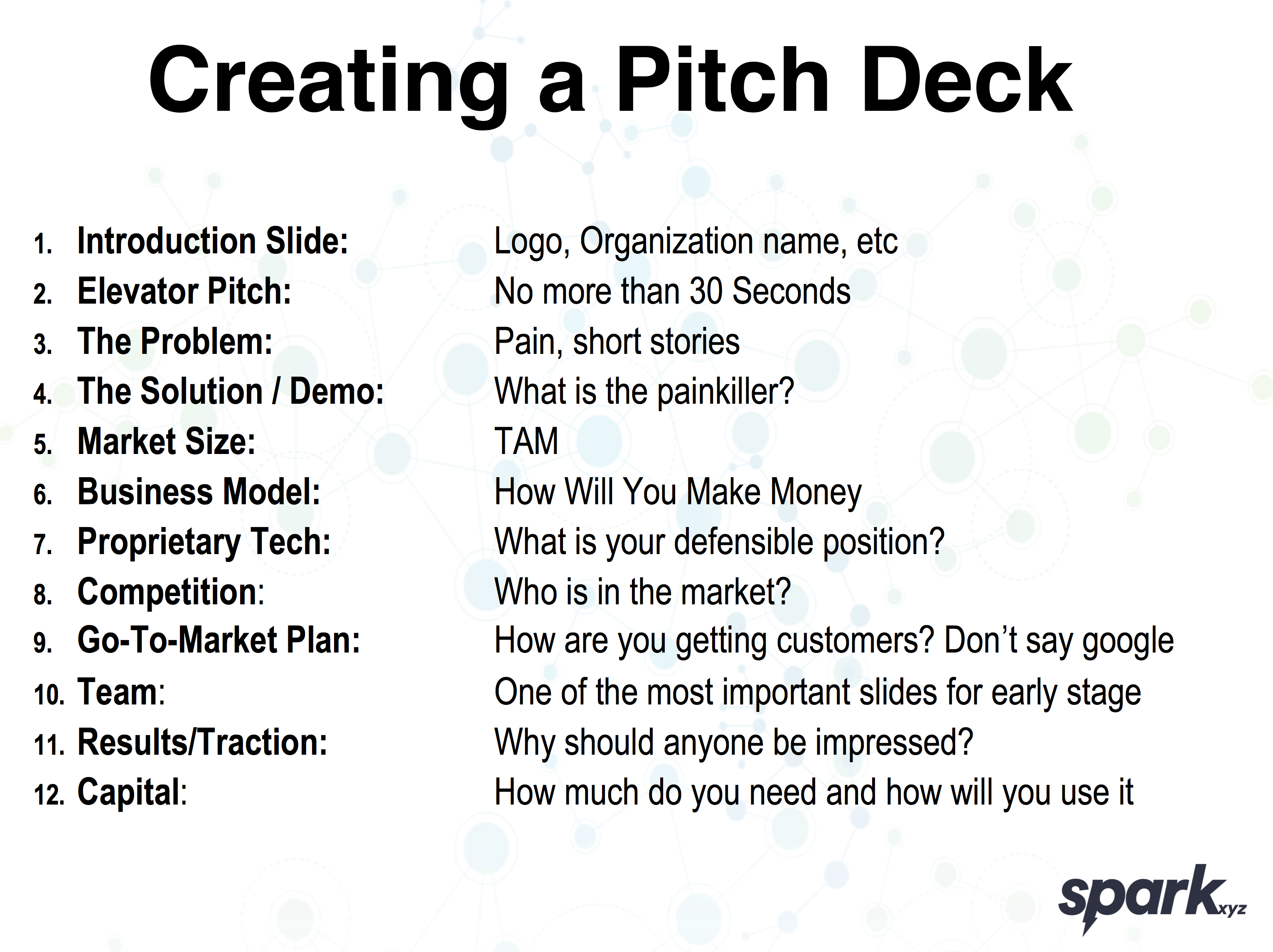How To Make A Pitch For A Business Idea

In the competitive landscape of modern business, a compelling pitch can be the difference between securing funding, gaining partnerships, or seeing a promising idea fade into obscurity. Mastering the art of pitching is crucial for any aspiring entrepreneur or innovator looking to bring their vision to life.
This article breaks down the essential elements of crafting and delivering a successful pitch, providing actionable strategies gleaned from industry experts and successful ventures. Learn how to transform your idea into a persuasive narrative that captivates your audience and drives action.
Understanding Your Audience and Idea
Before even considering the structure of your pitch, thorough preparation is paramount. You must deeply understand your audience: their interests, their needs, and what motivates them.
Tailor your message to resonate with their specific perspective. Are they investors seeking financial returns, potential partners focused on synergy, or customers interested in solving a problem?
Equally important is having a crystal-clear understanding of your own business idea. What problem does it solve? What is the unique value proposition?
You need to articulate these elements concisely and confidently.
Structuring Your Pitch: A Winning Formula
While there's no one-size-fits-all approach, a well-structured pitch typically follows a logical progression. Start with a compelling hook – a statistic, a story, or a question – to immediately grab your audience's attention.
Next, clearly define the problem your business is addressing. Use relatable examples and data to illustrate the significance of the issue.
Then, introduce your solution. Explain how your product or service solves the problem more effectively than existing alternatives.
Follow this up with a section dedicated to the market opportunity. Provide data on market size, growth potential, and target audience demographics.
Highlighting the Business Model
A crucial element of any successful pitch is a clear explanation of your business model. How will you generate revenue? What are your key cost drivers?
Provide realistic financial projections, demonstrating your understanding of the business's economics. Include details about your pricing strategy, sales channels, and customer acquisition costs.
Showcasing Your Team
Investors and partners often place significant emphasis on the team behind the idea. Introduce your team members and highlight their relevant experience and expertise.
Emphasize the collective strengths and how they align with the needs of the business.
Delivering Your Pitch with Confidence
Delivery is just as important as content. Practice your pitch extensively to ensure a smooth and confident presentation.
Maintain eye contact, speak clearly, and use a tone that conveys passion and conviction. Visual aids, such as a concise PowerPoint presentation, can enhance your message.
However, avoid overcrowding slides with too much text. Use visuals to illustrate key points and keep your audience engaged.
Be prepared to answer questions thoroughly and honestly. If you don't know the answer, acknowledge it and offer to follow up later.
The Importance of Feedback and Iteration
Pitching is an iterative process. Seek feedback from mentors, advisors, and even potential investors. Use this feedback to refine your pitch and strengthen your business plan.
"Don't be afraid to pivot," advises Sarah Chen, a prominent venture capitalist. "The best ideas evolve through a process of experimentation and learning."
Remember that a 'no' is not necessarily a failure. It's an opportunity to learn and improve your pitch for the next time.
Consider participating in pitch competitions or incubator programs. These events provide valuable exposure and feedback from experienced judges and industry professionals.
From Idea to Reality: The Impact of a Strong Pitch
A well-crafted and delivered pitch can unlock significant opportunities for your business. It can secure funding, attract top talent, and forge strategic partnerships.
By following these guidelines and continuously refining your approach, you can transform your idea into a thriving reality.

